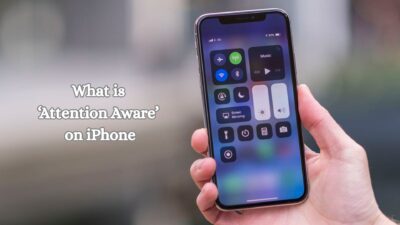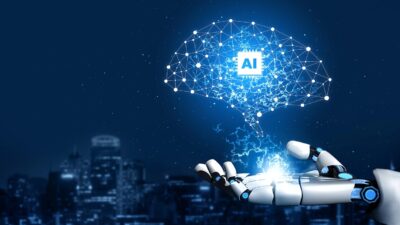If your work environment includes a document scanner, chances are you’ve encountered a PDF or you have ever got the task to convert image to text. Alongside the ubiquitous PDF, there’s a lesser-known but equally important technology – OCR, or Optical Character Recognition, which can help to convert image to text. But what exactly is OCR, and how does it enhance the utility of PDFs? This article delves into the intricacies of OCR and its most significant applications.
The Fascinating Journey of OCR Technology
Optical character recognition’s genesis can be linked to early telegraphy and assistive technologies for visually impaired individuals. Emanuel Goldberg was a pioneer in this field, creating a device that transformed characters into telegraphic code. Around the same time, Edmund Fournier d’Albe invented a similar device called the Optophone.
Goldberg’s inventions evolved, leading to the development of a machine in the 1930s for microfilm archive search, utilizing optical code recognition. This technology was later patented and acquired by IBM.
Kurzweil’s Visionary Leap
In 1974, Ray Kurzweil founded Kurzweil Computer Products Inc., refining the Omni-font OCR technology, capable of recognizing various fonts. While Kurzweil’s name is often associated with this technology, it had been in use before his involvement. Kurzweil’s focus was on aiding the visually impaired through a computer that could vocalize text, integrating technologies like the CCD flatbed scanner and text-to-speech synthesizer. By 1978, his company released a commercial OCR program, with notable clients like LexisNexis, leading to its eventual acquisition by Xerox.
OCR in the Modern Era
Fast forward to the 2000s, OCR technology has evolved significantly, with its integration into cloud services and mobile apps, enhancing functionalities like online foreign-language translations. Smart devices now commonly utilize OCR for various applications, often through an OCR API, which extracts text from images for further processing.
What Exactly is OCR?
OCR: The Backbone of Modern Text Digitization
OCR stands for Optical Character Recognition. This technology is essential for recognizing text within images, such as scanned documents and photos. It converts any image with text into machine-readable data. Starting in the early 1990s with the digitization of historical newspapers, OCR technology has seen continuous enhancements, now offering near-perfect accuracy. Advanced techniques like Zonal OCR automate complex document-based workflows.
Deciphering Full OCR versus Zonal OCR
Zonal OCR works by setting specific margins in document areas for data extraction, with smart zones optimizing accuracy and formatting. Full OCR, in contrast, reads the entire document and overlays a textual layer on the PDF, making it searchable and ideal for documents with critical searchable content.
The Versatile Applications of OCR
OCR: Transforming Numerous Industries
OCR’s most notable application is converting printed documents into editable digital formats, saving time and reducing inaccuracies compared to manual typing. Beyond this, OCR serves as a hidden technology in many systems we encounter daily. Some lesser-known, but crucial applications include:
- Passport recognition at airports
- Traffic sign interpretation
- Extracting data from business cards
- Converting handwritten notes to digital text
- Bypassing CAPTCHA systems
- Searchable electronic documents, like in Google Books
- Data entry for various business documents
- Assisting visually impaired individuals
OCR technology has been instrumental in digitizing historical texts, making them more accessible and searchable.
The Transformative Power of OCR
Optical Character Recognition has revolutionized the way we handle and process text in a digital age. From historical document preservation to aiding the visually impaired, the applications of OCR are as diverse as they are impactful. As we continue to embrace digital transformation, OCR stands out as a key player in making information more accessible and manageable.




